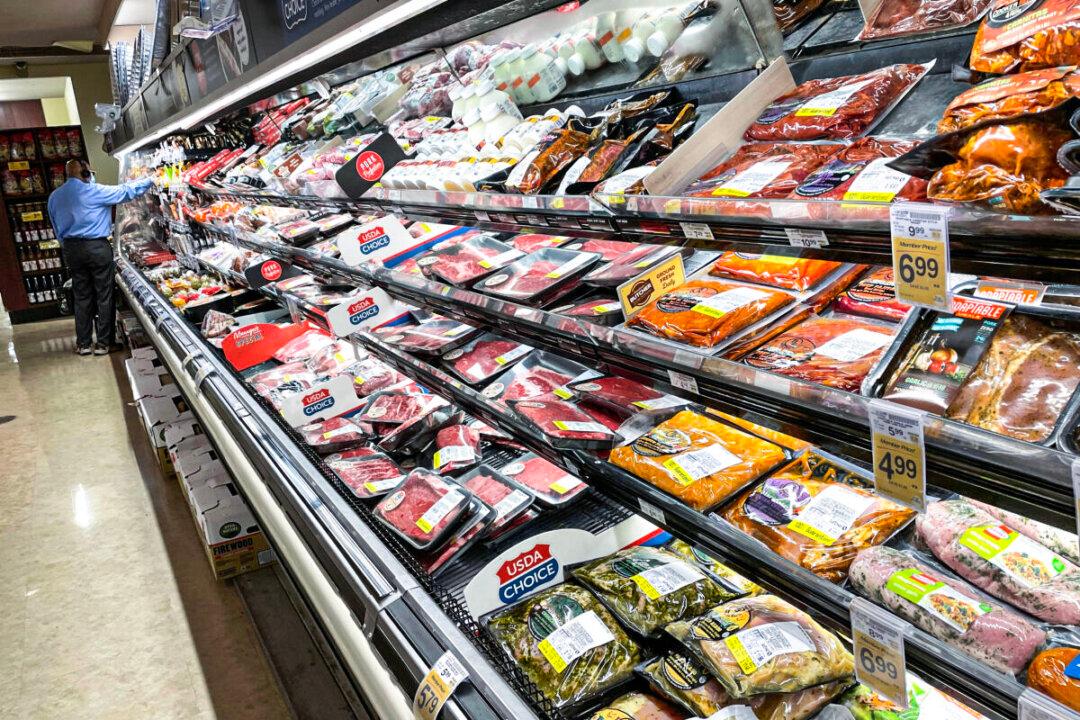U.S. consumers can expect to pay 17 percent more to eat on Independence Day in 2022, according to a new report from the American Farm Bureau Federation (AFBF).
The annual study confirmed that the average cost of a summer cookout for 10 people would total $69.68, an increase of $10 from 2021.





